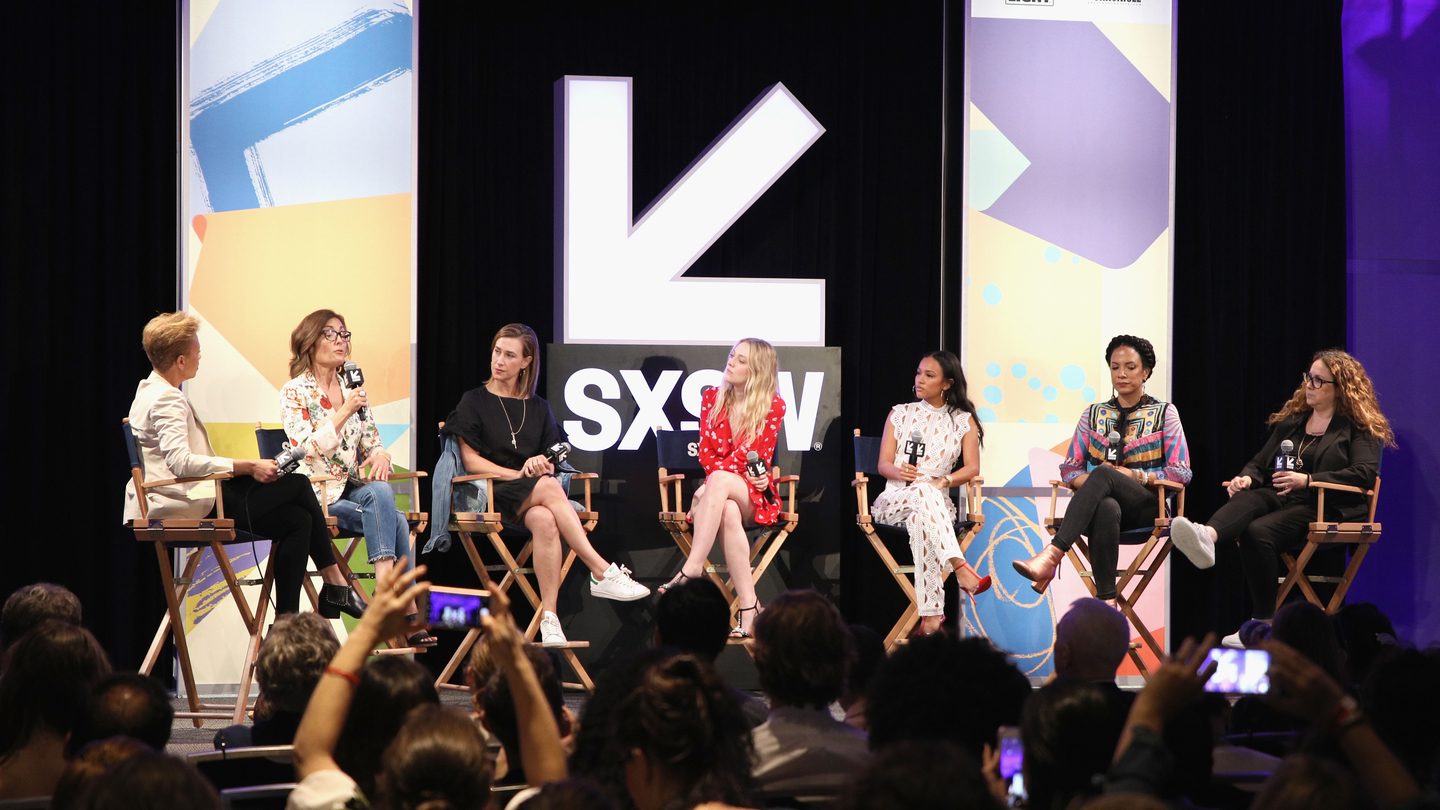Standing up for change:
In the session “The Refoundation of Capitalism”, author and professor
Hubert Joly articulated that the pandemic forced businesses to re-evaluate
their role in driving change across social justice, environment, and industrial
reform. Third-party partners like Change.org continue to be powerful tools
for brands to use, but more and more companies are creating owned channels
for social action. P&G Chief Brand Officer Marc Pritchard, for one, dived
deep into P&G efforts to battle racial injustice and spoke to the power
of offering up resources to learn, engage, and donate directly via the
P&G website.




















